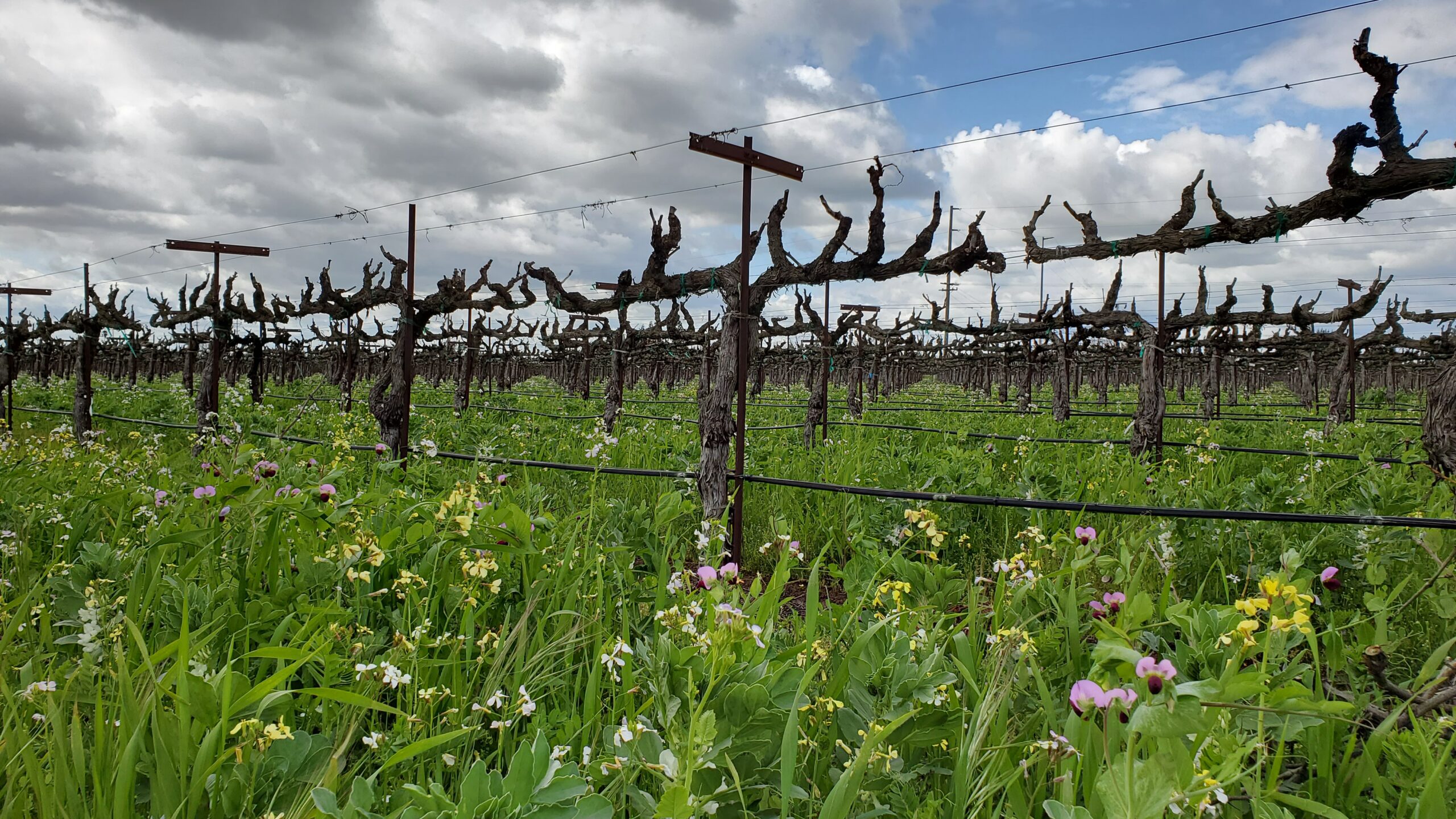


During my vacation abroad and, of course, tasting the local wines I couldn’t help but think about terroir. It’s a word that’s thrown around a lot in the wine world, but it’s a highly debatable concept that can be tricky to decipher. Some discredit the theory, saying the human factor plays a larger role and it’s just a marketing scheme. There is no direct translation from French, but in an attempt to sum it up, it entails inherent site-specific factors that directly influence the resulting wines. Theoretically making them distinguishable from any other wine of the same variety. Does a $5 bottle of wine labeled California red wine exhibit terroir? Probably not since these grapes are pulled from all over California with the goal of high-volume, annual consistency. The overuse and dilution of the word has led to the point of losing its mystique. My goal isn’t to convince anyone to either side, I’m just here for the wine. To say the least, these trips were a reaffirmation of the concept we hold so dear.
In Tasmania, I could taste the difference between Huon Valley and Coal Valley Pinot noir. While the Huon is characterized by limestone soils and hillside proximity to the river, Coal Valley has sandy, clay sandstone soils on sunny aspects. All these factors provided a different expression of Pinot noir. I found Huon Pinot’s to be brighter and leaning to dried herbs while the Coal was more geared toward fresh fruit. In Burgundy, I could taste the difference between Pommard vineyards. It was interesting to hear how iron and clay trickled down the hill in Pommard over millennia, differentiating what we now know as Premier Cru and Village status; all on one hillside you can taste the difference between plots. Being from Sonoma County, my early winemaking years were encompassed by Pinot noir and I got a bit burned out on it. Seeing this concept at work in both the new world and old world reignited my love for Pinot.
Enough of Pinot! These trips really got my wheels turning about our terroir here in Lodi. At Acquiesce, we have an 18-acre lot and within that we have 4 different soil types. We have about 3 acres of Grenache blanc on 2 different soil types and the effects are apparent on the vine. We usually combine the fruit, but this vintage my curiosity beckoned me to separate these plots for fermentation and found the North Block Grenache blanc to be lean but bold while the Middle Block was softer and rounder. The sandy soils of the Middle Block are well drained producing a more stressful environment with lower acidity, giving us a rounder wine. The North block is sandy but with a clay element that holds water and allows more nutrient uptake, providing us with a leaner wine. This is terroir at play, all within our small plot of land.
Lodi is generally thought of to be one flat, homogeneous piece of land, but there’s more here than meets the eye. Lodi has 7 sub-AVAs for a reason, they all exhibit different soils and climatic pockets which directly affect the fruit and, ultimately, the finished product. There are a good amount of Lodi Grenache blancs out there; to see for yourself I suggest you seek them out and try them side by side. See if you can spot terroir. If not, just enjoy the wine.